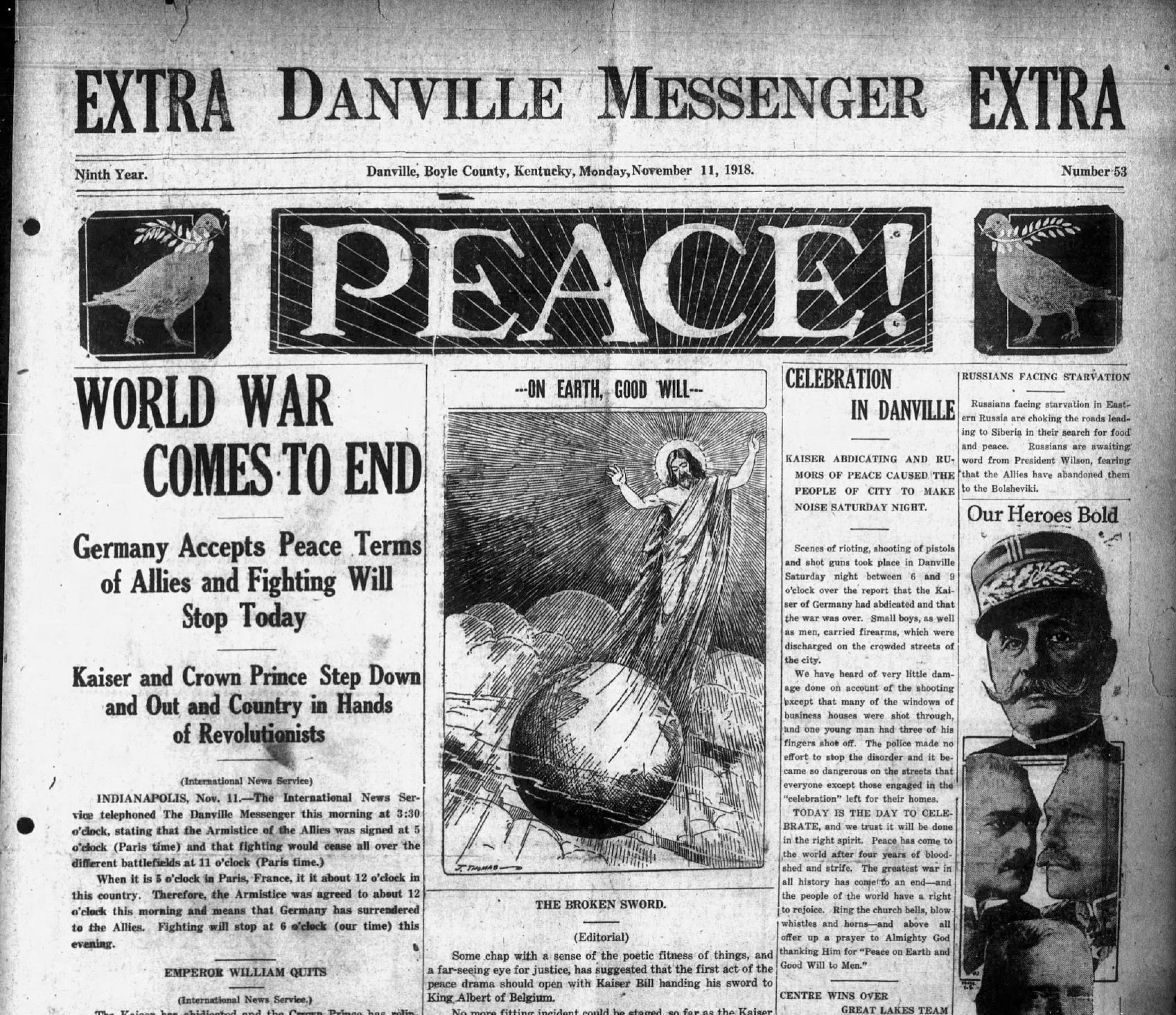What you need to know about honey in your market
Published 6:38 pm Friday, October 4, 2019
By ALETHEA PRICE
Contributing columnist
Did you know that an individual bee makes only about 1/12 of a teaspoon of honey in its lifetime? But, working together, a colony of bees can bring in as much as 50 pounds of nectar a day and produce 200 to 300 pounds of honey in a year.
Bees make honey from nectar that they collect from flowers and tree blossoms. They use it, as well as pollen, to feed their young. Luckily for us, bees make more than they need. Honey is a mix of natural sugars (80 percent), water (18 percent), minerals, vitamins, and amino acids.
There are more than 300 unique varieties of honey in the United States. No two are exactly the same. The color and flavor of honey differs depending on the nectar source. Varieties are regional depending on the floral blossoms that are available to the bees. Clover honey is the most widely available.
People have used honey as a food source for thousands of years. It has antiseptic properties and can be used as a remedy for ailments from sore throats to burns and cuts.
You might see two different kinds of honey in your market. Raw honey and regular honey are processed differently. Raw honey is honey that is extracted from the honeycombs and strained, bottled, and enjoyed. Regular honey involves several more steps before it is bottled. It is pasteurized and filtered to increase shelf life and remove impurities.
Honey has 60 calories in one tablespoon, contains 15 grams of carbohydrates, and trace amounts of vitamins and minerals.
You can use honey for all or part of the sugar in some recipes. Because it tastes sweeter than sugar, you might be able to use less. It will also help keep baked goods more moist, and they will stay fresher longer than those baked with sugar will.
To use honey instead of sugar when baking, follow these guidelines:
- substitute honey for ½ the sugar in a recipe;
- reduce the liquid in the recipe by ¼ cup for each cup of honey used;
- add ¼ teaspoon baking soda for each cup of honey used; and
- reduce the oven temperature by 25 degrees to prevent over-browning.
Store honey at room temperature in an airtight container. Never store it in the refrigerator or freezer because cold temperatures might make it grainy or crystallized. If honey turns cloudy or crystallizes, simply place the honey jar in warm water and stir until the crystals dissolve. Or place the honey in a microwave-safe container without the lid and microwave on high, stirring every 30 seconds until the crystals dissolve. Be careful not to overheat the honey.
Do not feed honey to babies younger than 1 year. It contains spores that could cause infant botulism because of their immature digestive systems.
For more information about how to use honey in your kitchen email me at a.price@uky.edu.






